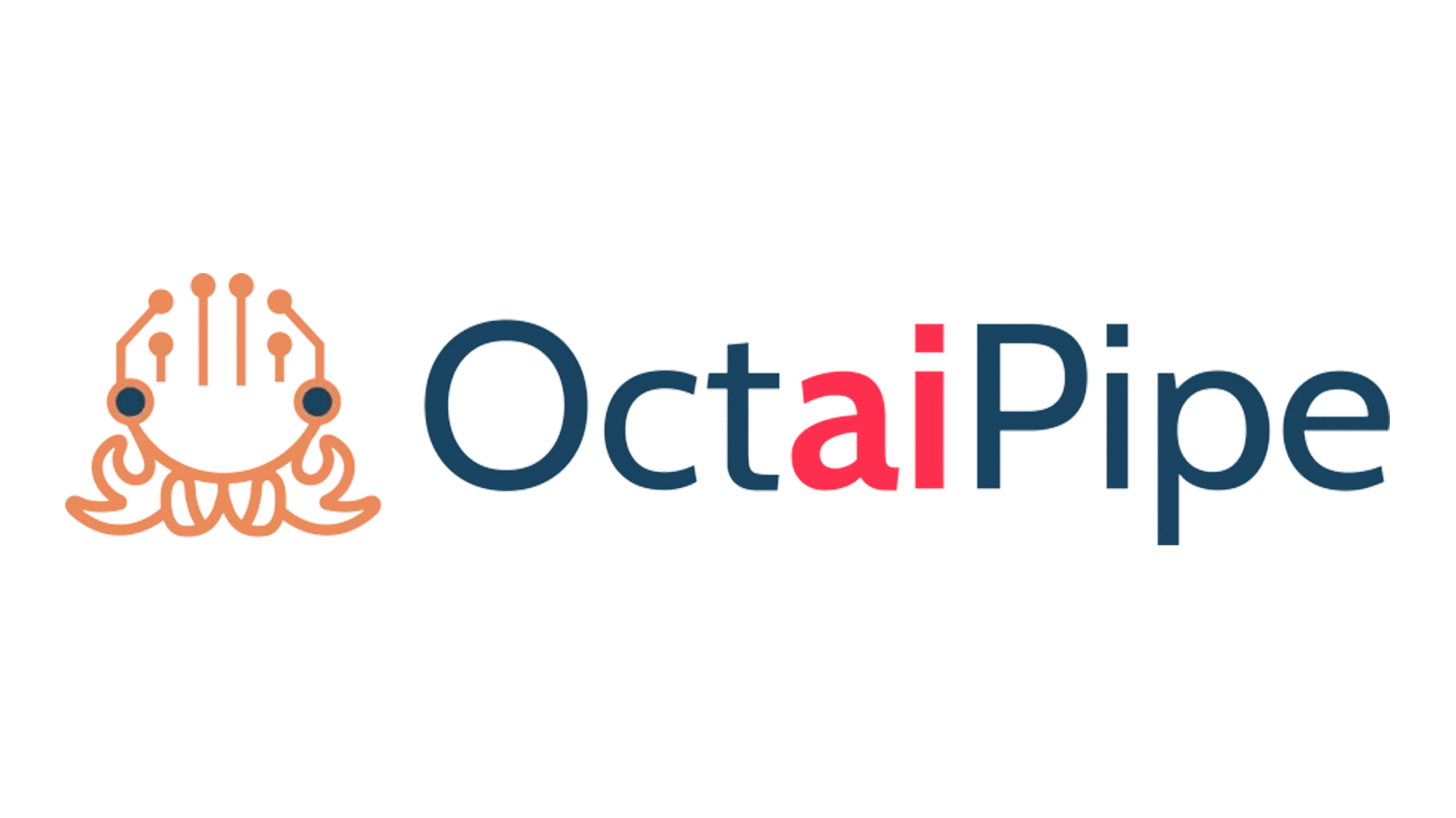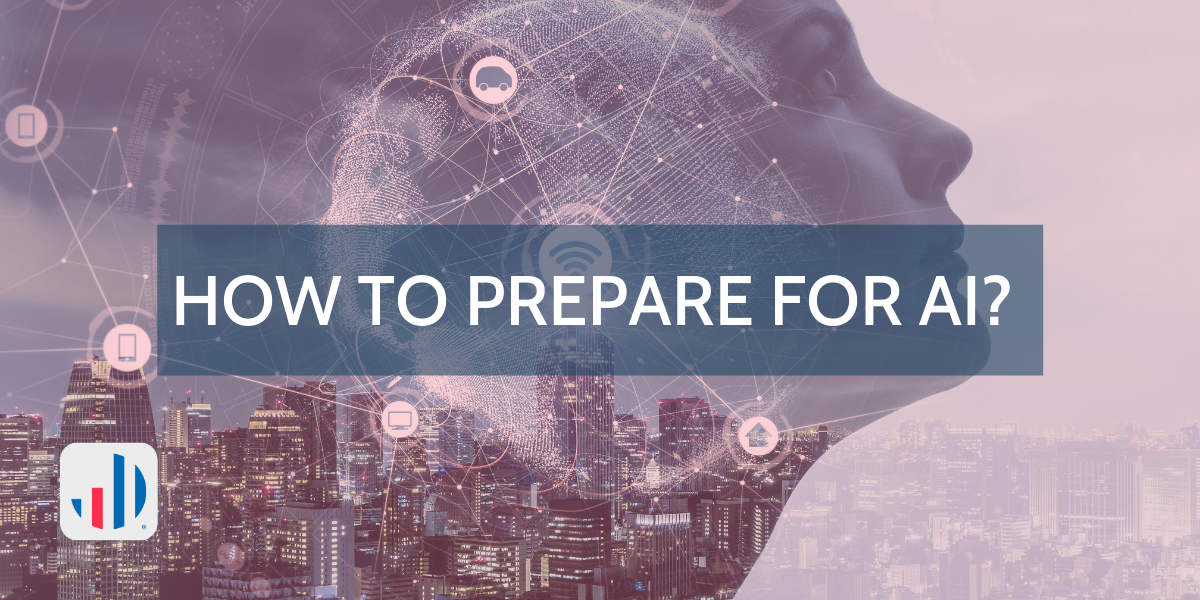Over the last few years (and virtually in 2020), we have hosted several Data & AI Readiness workshops with our clients and partners to better prepare them for the adoption of AI driven solutions and applications into their business.
We started to deliver the workshops to support our clients and organisations that were asking similar questions and facing similar challenges in their approach, and so the workshops ranged from helping clients to become AI ready; designing solutions or strategies, to scaling machine learning solutions and ongoing MLOps support.
This is even more key with analytical knowledge being crucial to accelerating, recovering and sustaining businesses in the post-Covid-19 market.
At the core of the workshop sessions were several key components to ensure clients were ready for their next steps, and that those next steps were in fact the correct ones for them to take. To better understand the components, we would ask several questions which would often boil down to 5 key steps, which I will share below.
If you have any questions about how to apply the approach, stuck on a particular topic or want to access some of our tools or resources, such as our ROI calculator, readiness assessment or guide, please get in touch.
1. Identifying the challenge
As a starting point, one of the first areas to address is identifying the challenge that you are trying to solve or the vision you want to deliver. Maybe ask yourself: ‘What is impeding you or what could be done better?’
This can be very high level to start such as ‘retaining customers’, ‘improving machine performance’ or ‘improving response rates’, but just avoid the ‘we want to do AI’ statement.
As with any project, a successful data project starts with clear identification of the business challenge or idea to work on. It gives the project direction; purpose and it also helps you determine the value you can deliver. Importantly, an understanding of its value to the business (see the next section) helps secure buy-in and different stakeholders will each have their own perceptions of value. Capture them, not the stakeholders, the perceptions of value, and see how you deliver against them over time.
It is critical to identify these components before starting your project as they are key to delivering actual value to your business. If you have already embarked on your project, ask whether it is delivering against the objectives you expected or set out to start.
2. Determine the business value
With a clear challenge or need identified, you now need to determine the potential value to the business. One of the easier places to start is to ask ‘Is it going to save you time or money? Or is it going to add new revenues for your services?’, and then consider other benefits.
Other factors could include employee satisfaction, market positioning or the impact on brand and reputation. For example, will you deliver a better service to your clients or do they in fact recognise the improvements that you are making and the potential benefits it has for them longer term. Does this in turn strengthen your market position?
A key lesson that I like to share here is that different areas of the business can also add significant value as perceptions change for each stakeholder:
‘The value of something is determined by what you make of it. Data is no different’
Usually however, the tangible metrics prevail, and time and cost become the key measure of value. Either way, it can help signpost a suitable solution, ensuring the focus is kept on a simple, cost-effective solution with clear added value.
3. Outline a solution
With an understanding of the challenge and value, you can now start to outline a high level or conceptual solution.
We always encourage our clients to think big, start small but move forward so don’t be afraid to start with saying ‘wouldn’t it be good if we could do X or Y’. This activity can help you to identify solutions that exist already to solve your problem and map those components out to form a high-level solution, and at the very least, you may even identify a game changing opportunity for your industry.
When mapping the components out to deliver your solution, consider the types and amounts of data needed, along with the analytical techniques and technologies required to return an actionable insight. This can help you mobilise projects more quickly, advancing the overall analytical project and helping form metrics to measure solution impact.
We conduct these exercises as standard when we research the latest developments and research that can be used to enhance client applications, it allows us to draft a system architecture and map project dependencies.
4. Assess your data (and other things)
If you’ve started with the business challenge and worked through the process to outline your solution, you should have developed a reasonable idea of what data you need and what data could be useful.
A vital activity required at this point is to assess your data to determine what is available and what you need to collect. You should also be able to highlight improvements to your data and infrastructure to improve its future usability.
This activity is a key step in the process to understand the properties of your data in accordance with the 4 V’s and the suitability of your data for your desired solution.
The assessment will change depending on your desired solution and stage of project development, but it is always a useful benchmark to revert back to and understand any initial gaps.
5. Get set, get ready…
Your ability to develop your solution will depend on your approach and desired solution for your project. There are a range of tools and solutions in the market that can help you accelerate your project such as the Microsoft Cognitive Services.
However, some tools can often fall short of addressing complex business problems and can incur additional costs to integrate effectively. Therefore, some initial considerations should include:
- whether to buy or build in-house,
- whether to run on premise or in the cloud, or,
- the availability of skilled resource.
Your approach will also be influenced by the ability to store your current data and the need to collect additional data to improve your solution as well your technology stack.
I hope this approach has provided you with a good idea of how to prepare for your data & AI project and the key steps to prepare for your data driven solution. If you have any questions, want to get started, or join our next virtual workshop, please get in touch with the team.
We can help you understand the tools and techniques available to you, as well as the latest model research for your application, and conduct an initial analysis to test the feasibility of your solution.



